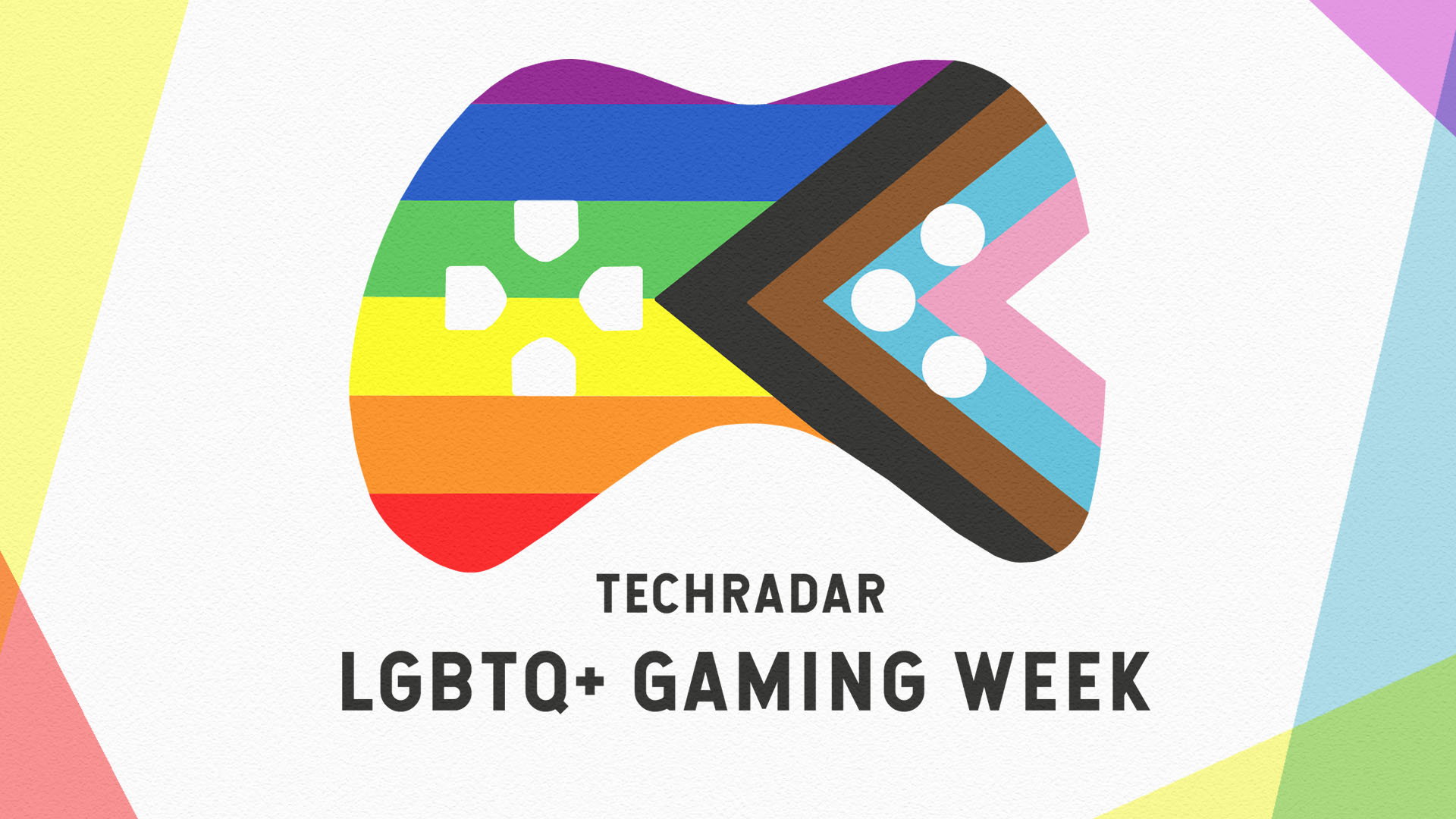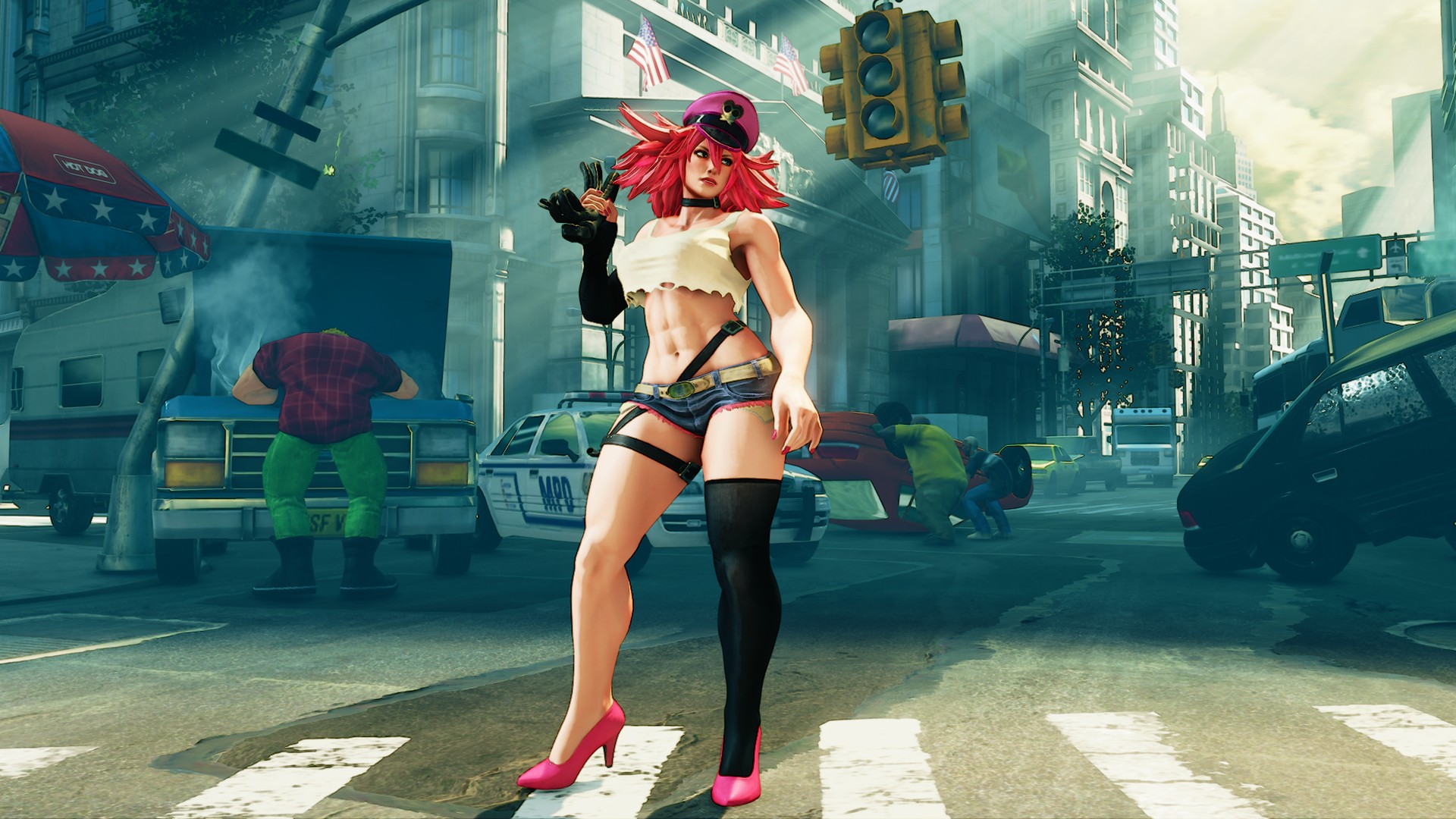LGBTQ+ Gaming Week 2021

Welcome to TechRadar's LGBTQ+ Gaming Week 2021. During this week-long celebration, we're highlighting topics and voices within the LGBTQ+ gaming community. Find out more here.
2020 will be remembered for a lot of things, most of them terrible. But last year, warts and all, will always have a special place in my heart as the year transgender characters joined mainstream gaming in a big way. We’ve had Lev in The Last Of Us 2, Tyler in Tell Me Why, and Leo Baker in Tony Hawk’s Pro Skater 1 and 2, as well as the many indie games continuing to do brilliant, queer work in small spaces as they have for years, like If Found.
Not only are these three major examples in a single year, they’re also spread across genres. Lev is a charismatic supporting character in one of the year’s biggest releases, Tyler is the first trans lead for a major studio in a slow-burn narrative choice game, and Leo Baker becomes not only the first non-binary character in the Tony Hawk’s series, but the first playable trans character in a sports game ever.
These are hugely important steps for gaming and for popular media in general, and while they’re not the endpoint, they show clear progress, and invite us to look back on where transgender characters in gaming started. This leads us back to Poison, originally of Final Fight and now of Street Fighter, whose evolution is one of gaming’s most fascinating stories.
Poison is actually the second mainstream trans gaming character, but while the first is far better known, she’s had her transness eliminated. Birdo from the Super Mario series has trans roots, explicitly stated to be a “he who wants to be a she” in her first appearance. This in itself is problematic phrasing, misguided at best and mean-spirited at worst, playing more into the idea that trans people are ‘just confused’ and unworthy of respect or dignity. When Birdo was a queer coded villain to be mocked, it was deemed acceptable by the developers to out them as trans. Now that she’s been accepted into the main roster, any hint of representation has been wiped away. Poison, however, has held onto her transness through the decades, and has much more interesting tales to tell.
A violent beginning

In pure gameplay terms, Poison has barely changed since her first appearance in 1989’s Final Fight. There, she was a beat ‘em up enemy, and now she’s a playable fighter, but aside from that she looks the same, exists in the same genre, and has the same basic biker chick background. However, when you look at the changes around Poison, such as the various comments developers have made about her across the last 31 years, and her shifting position in the fanbase, Poison comes to represent more than the sum of her parts; Poison’s journey mirrors the journey of trans representation in media to the footstep.
"Like many early trans characters in fiction, Poison’s roots are steeped in violence, and wrapped around the idea that trans women are just men in dresses."
In 1989, when she made her debut, trans characters on screen were virtually non-existent, and when they were depicted they were shown as confusing, confused, and often deeply misunderstood by their own creators.
Poison’s origins are startlingly similar. She and her partner Roxy were originally designed as women; not particularly trans nor cis, just women. However, according to Akira Nishitani, one of Final Fight’s designers, quoted in the book All About Capcom Head-To-Head Fighting Game, because “in America, hitting women was considered rude” there was a worry that playing as a man and beating up a woman would not go down well, so it was decided that both Roxy and Poison would instead be trans, referred to by Nishitani as “newhalf”, a Japanese sexualized slang for ‘transgender’. It’s frequently used in specifically pornographic situations, often interchangeably with ‘futa’, which is also used to sexualize and mock.
Like many early trans characters in fiction, Poison’s roots are steeped in violence, and wrapped around the idea that trans women are just men in dresses. We see this in Psycho, Dressed To Kill, and Silence Of The Lambs, where assigned male characters dressed as women are the violent ones, while in crime investigation shows such as Bones, CSI, and Dirty Sexy Money, trans women are the victims of violence. In many of these examples (and many beyond), the trans women are played by cisgender men dressed up.
Even this unsympathetic characterization wasn’t enough for the American distributors; Poison and Roxy were completely removed from the western release, but they remained in the Japanese version. Confusing the issue further, Poison’s designer Akira Yasuda considers the western version of Poison to be trans, and the Japanese version cis, according to the book Street Fighter X Tekken: Artworks. Meanwhile, Street Fighter producer Yoshinori Ono claimed in a 2008 interview with EGM that Poison is transgender in every version, but is post-op in the West and pre-op in Japan.
The terms post-op and pre-op are typically used to refer to whether a trans woman has undergone gender reassignment surgery, but also have a history of being used to sexualize, and problematically suggest that genitalia is the sum total of a trans character’s being – and the fact that Ono claims Poison’s body changes depending on the market further strips her of identity too, and makes her less a character and more an object.
Representation in media

Trans characters’ identities have often been disregarded in the media, with creators too afraid, embarrassed, or ignorant to navigate the diversity of what being trans means, revealing contradictory details in hushed, scandalous whispers. Poison is no exception.
"To have Poison officially labeled a ‘crossdresser’ while also claimed to be ‘newhalf’ and both ‘pre-op’ and ‘post-op’ again shows a complete lack of respect for Poison’s identity, and a lack of understanding as to what it means to be transgender."
Throughout the 90s and early 2000s, if trans characters were discussed at all the conversation began and ended with their genitals, and they were frequently either depicted as sex workers, murder victims, or sex worker murder victims. We're often viewed as accessories to stories, rather than capable of having stories ourselves. We were seen as more object than person, and as such were given basic descriptors rather than backstories.
You might be wondering at this point why it’s ‘Poison’ rather than ‘Poison and Roxy’ getting mentioned, when the pair share the exact same origin. Throughout the pair’s history, it slowly became canon that Roxy was cis and Poison her ‘crossdressing’ friend, as confirmed in the Final Fight section of the 2006 game, Capcom Classics Collection. Crossdressing and being trans are not the same thing, with the former being an activity or hobby, and the latter being a core identity that shapes who you are as a person at the deepest level. To have Poison officially labeled a ‘crossdresser’ while also claimed to be ‘newhalf’ and both ‘pre-op’ and ‘post-op’ again shows a complete lack of respect for Poison’s identity, and a lack of understanding as to what it means to be transgender.
I’d like to thank my fans...

The community has stepped in where Poison’s lore was lacking, and have embraced her transness, though not always in a positive way. She has been further sexualized and defined by her gender identity, being mocked and exploited through a variety of cosplays, comics, and fan art, which often refer to her as a ‘trap’, yet another sexualizing slang for trans women from anime. While ‘trap’ is not always used specifically for characters who identify as trans, it literally means ‘people who look feminine but have a penis’, and again ties gender identity to genitalia. Much like the transgender sex workers in 90s television, her transness was a vehicle for others to tell stories, often stories which served to humiliate Poison, rather than for her own story to be explored.
However, through this, transgender fans have also come to identify with her. Trans representation has increased in both quality and quantity in recent years, but for a long time our community has had to feed off scraps, and through trans-positive fan art, have been able to take Poison out of the sexualized, exploitive, gential-obsessed mold she had been repeatedly cast in. Through these, there’s a version of Poison created collectively by the community, a version who, in turn, can give that community the representation that Final Fight and Street Fighter have often failed to provide.
Right now there are far more nuanced trans characters in media and in gaming, characters that speak to my experience, strive to tell real trans stories, and offer both relatable and educational figures for players to look to. Poison is paper-thin, and perhaps isn’t a great trans character in her own right; but in surviving everything thrown at trans characters and making it through the other side, she’s definitely an important part of transgender history.

Stacey is a freelance games journalist with experience in OpEds, interviews, reported features and video. She has previously written for The Washington Post, IGN, Fandom, Polygon, VG24/7, Eurogamer, SyFy Wire, and NME, on topics from television to video games to music to comic books to film, and is an editor for Into The Spine.
from TechRadar - All the latest technology news https://ift.tt/3c1USZ3
No comments:
Post a Comment